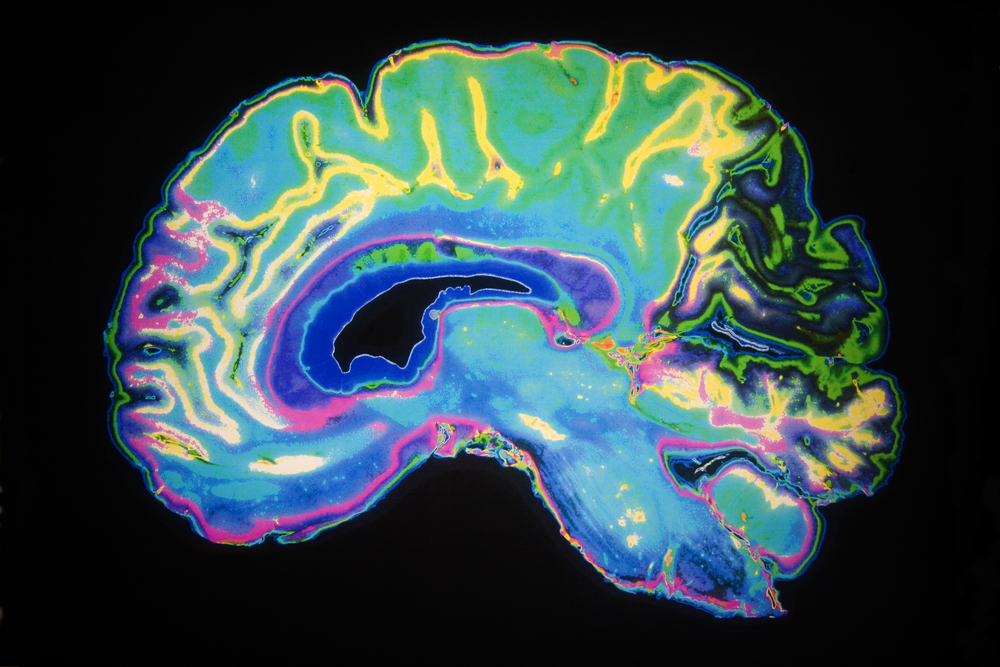Concussion in Adolescence May Increase Risk of MS Later, Swedish Study Suggests
Written by |

Having a concussion when you’re 11 to 20 years old could increase your risk of developing multiple sclerosis later, a Swedish study suggests.
The collaboration between Örebro University and Karolinska Institutet showed that a concussion in adolescence raised the risk of developing MS by 22 percent. Two or more concussions more than double that risk, the study showed.
Scott Montgomery, a professor at Örebro University, led the study, whose results were published in the journal Annals of Neurology. The title was “Concussion in adolescence and risk of multiple sclerosis.”
The study did not find a correlation between concussion in young children and the development of MS later in life. But it certainly stressed how important it is to protect teenagers from head injuries.
“Bicycle helmets are one option, and we should consider head injury risk in sports played by adolescents,” Montgomery said in a press release.
Not all adolescents face the risk, however. “MS is caused by a combination of genetic susceptibility and environmental exposures,” Montgomery said. “Most of the young people who experience a head trauma should not worry, as they will not carry the necessary genes and other risks that will result in MS in later life.
“We think that concussion among adolescents” can help trigger “the processes that cause the body’s immune system to attack the insulating layer of nerve cells which, over time, prevents them from functioning correctly,” Montgomery added.
Researchers used medical records to identify children up to 10 years old who had concussions that were treated in hospitals. The team then did those treated for concussions between 11 and 20 years old. They then looked at the risk of the two groups developing MS in adulthood.
The team found that differences in the way the brain develops during childhood and the teenage years could explain why a concussion in early childhood does not pose as much risk of a young person developing MS as a concussion in adolescence.
“The rapidly developing brain in earlier childhood may be more able to avoid some delayed consequences of trauma than in later teenage years,” Montgomery said.
For him, the study’s findings strengthen the argument that parents need to be serious about protecting youngsters from head injury. “Teenagers often take risks, like cycling without a helmet,” he said. “If they knew about the possible long-term consequences, they might think again; perhaps they wouldn’t think it’s so cool to ride without a helmet.”
Protecting against head injury is not saying that a young person should avoid sports or physical activity altogether, the researchers said. But it said steps to reduce the risk of head injury should be taken, especially in sports.
The researchers will continue this line of study, focusing on how genes can influence the development of MS in association with concussion in adolescence, along with other triggers, such as infections.





